The Causes And Effects Of Melting Glaciers
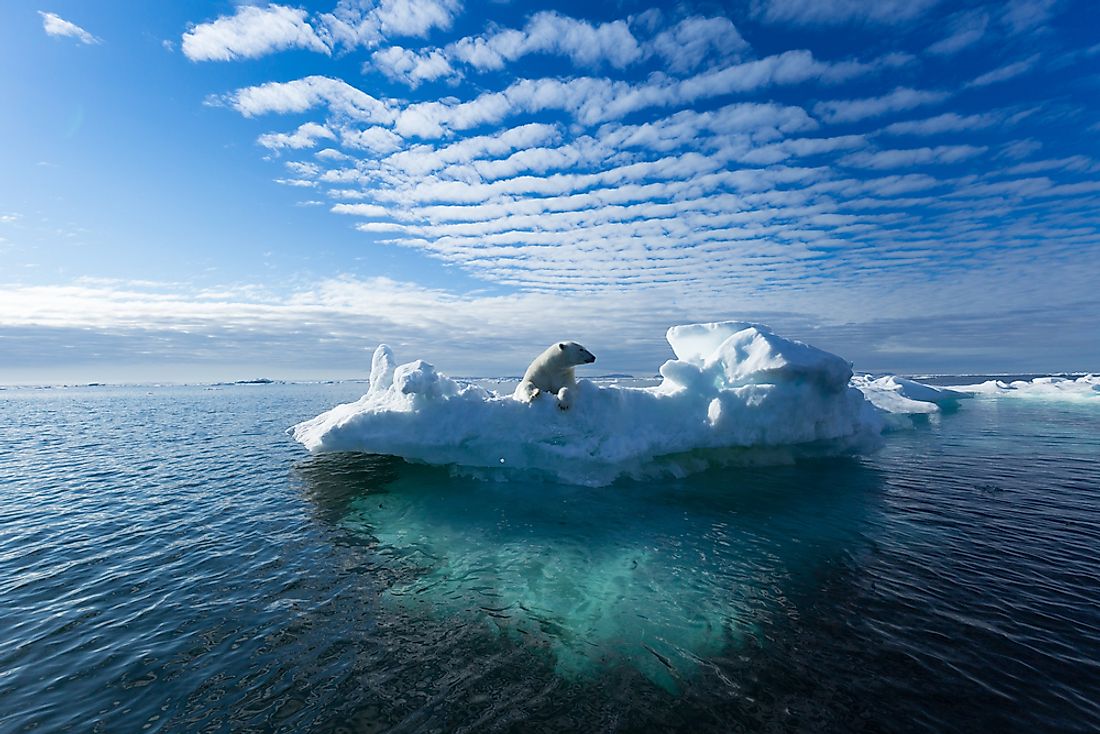
- Today, the main reason glaciers have begun to melt is because of human activity.
- The biggest and most notable impact of these glaciers melting is in the rise of sea level.
- The less ice there is, the less water there is for human use, whether it's for drinking, hydroelectric generation, or irrigation.
Glaciers are a crucial element of the world's ecosystem. But like many aspects of the natural world, they are becoming increasingly threatened by the consequences of human industry and activity.
Though there are efforts being made to stymie the gradual melting of these large ice bodies, it remains unclear if what is being done will be enough. Indeed, it might already be too late. But even though things seem dire right now, they could be much worse if society gives up the fight.
Of course, efforts to turn things around require knowledge and understanding of the issues at play. Like for instance, answering the question of what exactly glaciers are.
What Is A Glacier?
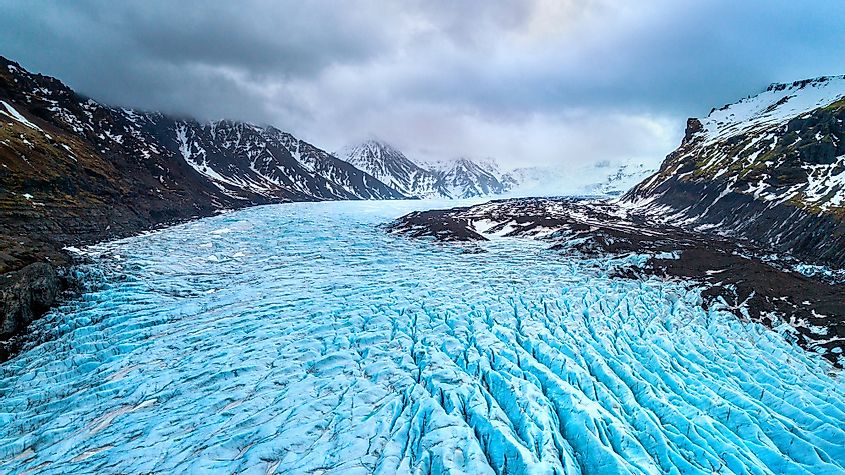
Glaciers are typically located in polar regions and at high elevations in mountains like the Himalayas where the climate is cool and conducive to the conditions required to form them.
This is because they are made up of fallen snow that over many decades compresses down into larger, denser masses of ice. In order for a glacier to form, the environment has to be cold enough to have prolonged periods of heavy snow, as they require the snow to remain in one location long enough to transform into ice. Only when these criteria have been met can these large ice bodies come into existence.
And glaciers can range widely in size, from as small as a football field, to dozens or even hundreds of miles long.
What is unique about glaciers is that despite being solid masses, they can still flow. In fact, due to their sheer size, glaciers can flow down their paths like very slow rivers.
At the current moment, 10% of the world's landmass is occupied by glaciers, with most in areas like Antarctica, Greenland, and Northern Canada. In a way, they're leftover vestiges from the last ice age, when ice covered nearly a third of the Earth.
This is evidenced by the fact that many glaciers lie in mountain ranges that have signs of much larger ice masses having once been there.
As for specific classifications, an ice cap is a domed glacier mass that flows in all directions and an ice sheet is an ice cap that exceeds 19,000 miles. Ice sheets are only found in Greenland and Antarctica.
Causes Of Glaciers Melting
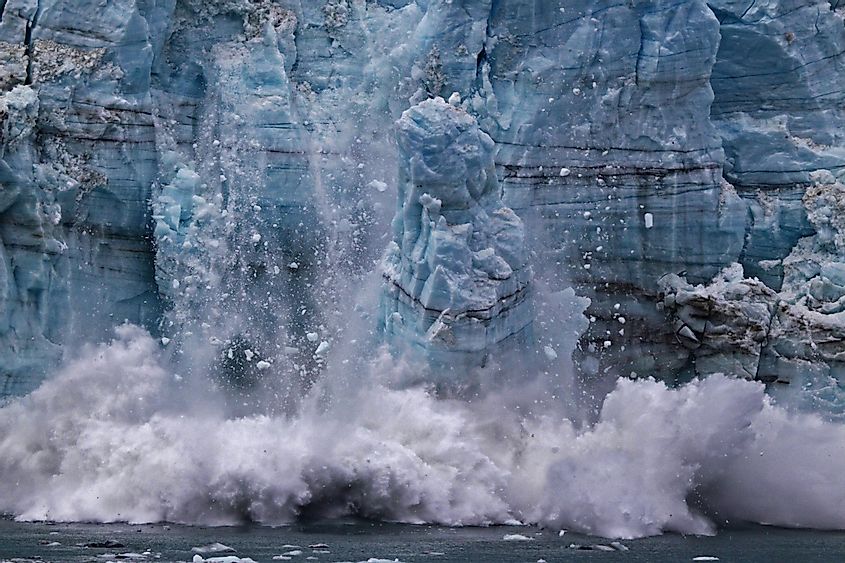
Today, the main reason glaciers have begun to melt is because of human activity. The rising temperature of the Earth is the primary reason glaciers have started to melt more, and this climate change can be directly tied back to human activity. Things have gotten bad enough that glaciers are practically on the edge of extinction.
Carbon dioxide emissions are one big culprit. The mass amounts of CO2 and other greenhouse gases produced by human business, transportation, deforestation, and fossil fuel usage, rise into the air where they stop the heat from the sun from bouncing back out to space. As a result, temperatures rise, and glaciers melt.
Another reason for ice melt is the warming of the oceans. These large bodies of water absorb 90% of the Earth's total warmth, meaning that sea ice floating in the ocean are subject to higher temperatures and naturally melt as a result. This particularly affects the marine ice sheets located near the two global poles and along the coasts of Alaska.
Interestingly, human activity is not responsible for all the causes of glacier melt. In some areas, complex interactions between wind and ocean circulation patterns have helped to push naturally occurring warm water closer to the edge of the ice. This is still a phenomenon that scientists are studying.
Still, as a result of all the broader climate change effects, glaciers are rapidly melting with huge chunks falling off into the sea, while elsewhere the ice begins to retreat to land. This has technically been going on since the industrial revolution, but as emissions have continued to increase the issue has only become increasingly exacerbated.
Now, even if society can come together and make a big change in emissions in the coming decades, a third of the world's remaining ice masses will still melt before the year 2100. As for sea ice bodies, which are essentially glaciers that form purely in the water rather than on land, the world has already lost 95% of the oldest and densest ice in the Arctic.
And that's in a best-case scenario. If emissions rise without reduction, then the Arctic could be completely devoid of ice in summer as soon as the year 2040.
Effects Of Glaciers Melting
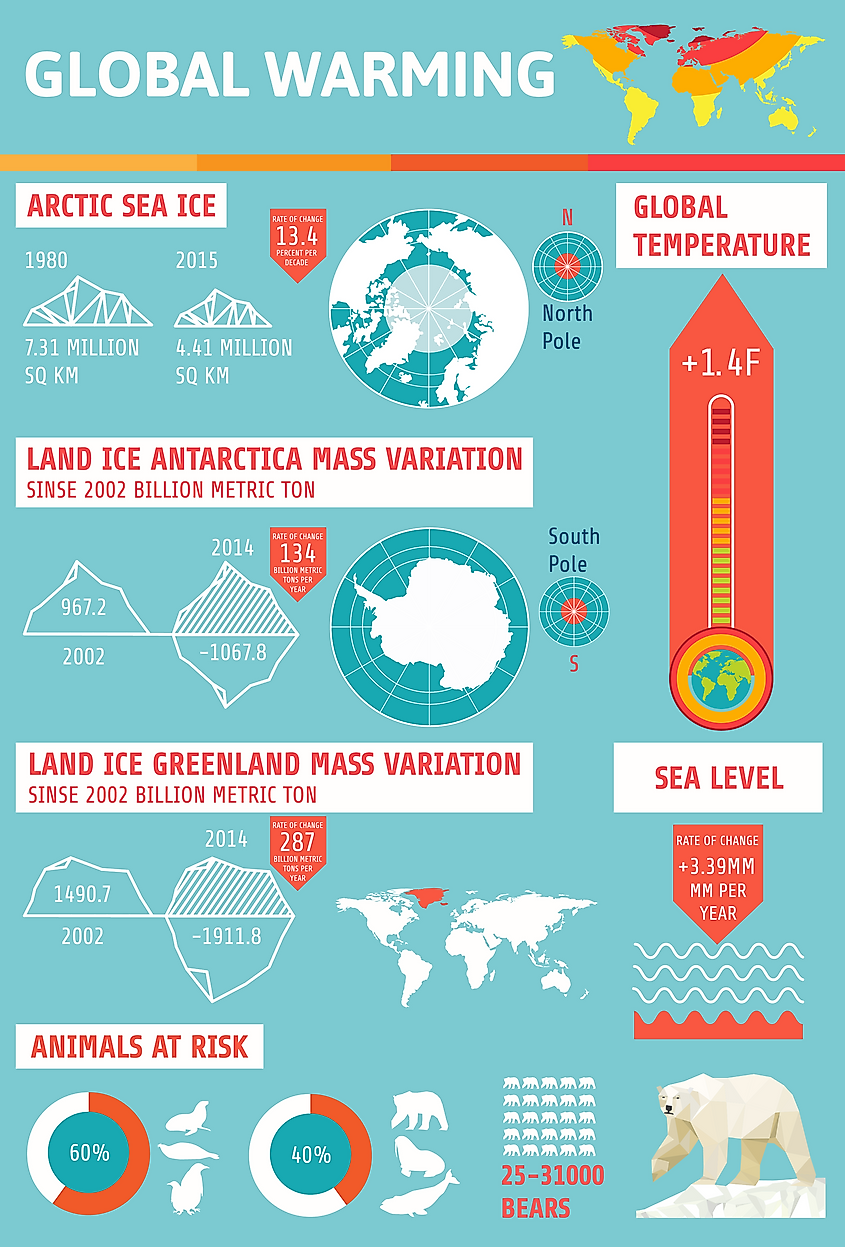
Rise in sea level and flooding of coastal areas
The biggest and most notable impact of these glaciers melting is in the rise of sea level. In total the sea has risen by 2.7 centimeters since the 60s and the world's glaciers still contain enough to raise the ocean by another half a meter, which could directly threaten many cities in coastal regions. As a result of these rising sea levels, coastal erosion has also increased.
Increased frequency of extreme weather events
As a result of sea-level rise, storm surges become more prevalent, with warm air and ocean temperatures combining to increase the frequency of coastal storms. There is also a sort of self-perpetuating climate effect, where the loss of ice leads to warmer global temperatures. This extends even further than just the climate, as slowing oceanic currents are directly tied to a series of extreme weather occurrences throughout the globe.
Collapse of ocean-based industries
As well, through the disruption of these currents and jet streams, the ocean at a large is being changed, with consequences like the collapse of fishing industries.
Loss of species
Species are also at risk. Many land and sea animals rely on glaciers as their natural habitats and as they disappear so does the rich ecological life they shelter.
Loss of freshwater
Another consideration is the loss of freshwater. The less ice there is, the less water there is for human use, whether it's for drinking, hydroelectric generation, or irrigation.
Solutions
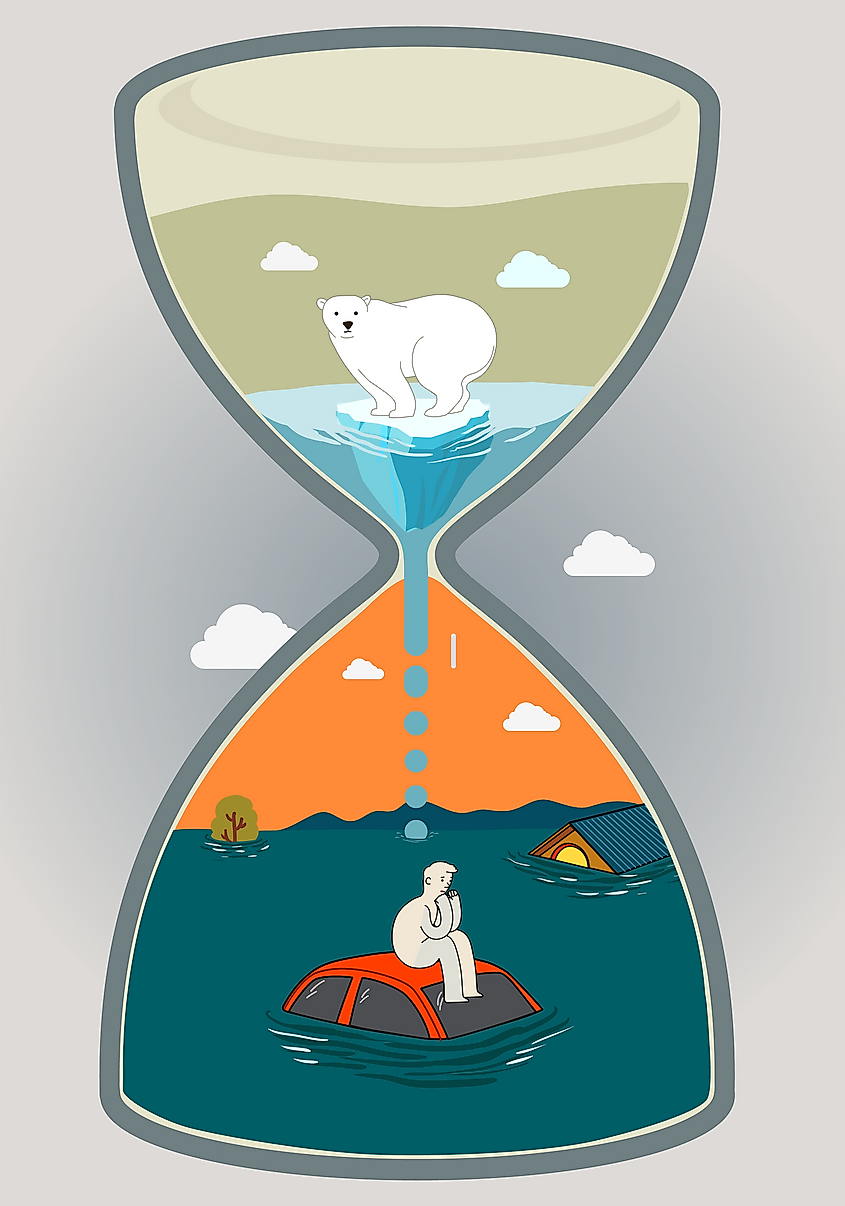
The solution to all of this is obvious. Climate change needs to be stopped. If CO2 emissions can be reduced by 45% over the next ten years, before falling to zero by 2050, then glaciers can still be saved.
More targeted measures may also be required. Building large dams around glaciers could slow erosion from arctic melting. It might also be possible to create artificial icebergs by taking the water from melting glaciers and refreezing and combining them. The final solution is to create more ice. By taking ice from below the glacier and then respreading it on top, it will refreeze and increase the strength of the glacier.
Glaciers are disappearing but not gone. Society must act fast if it intends to save them.







